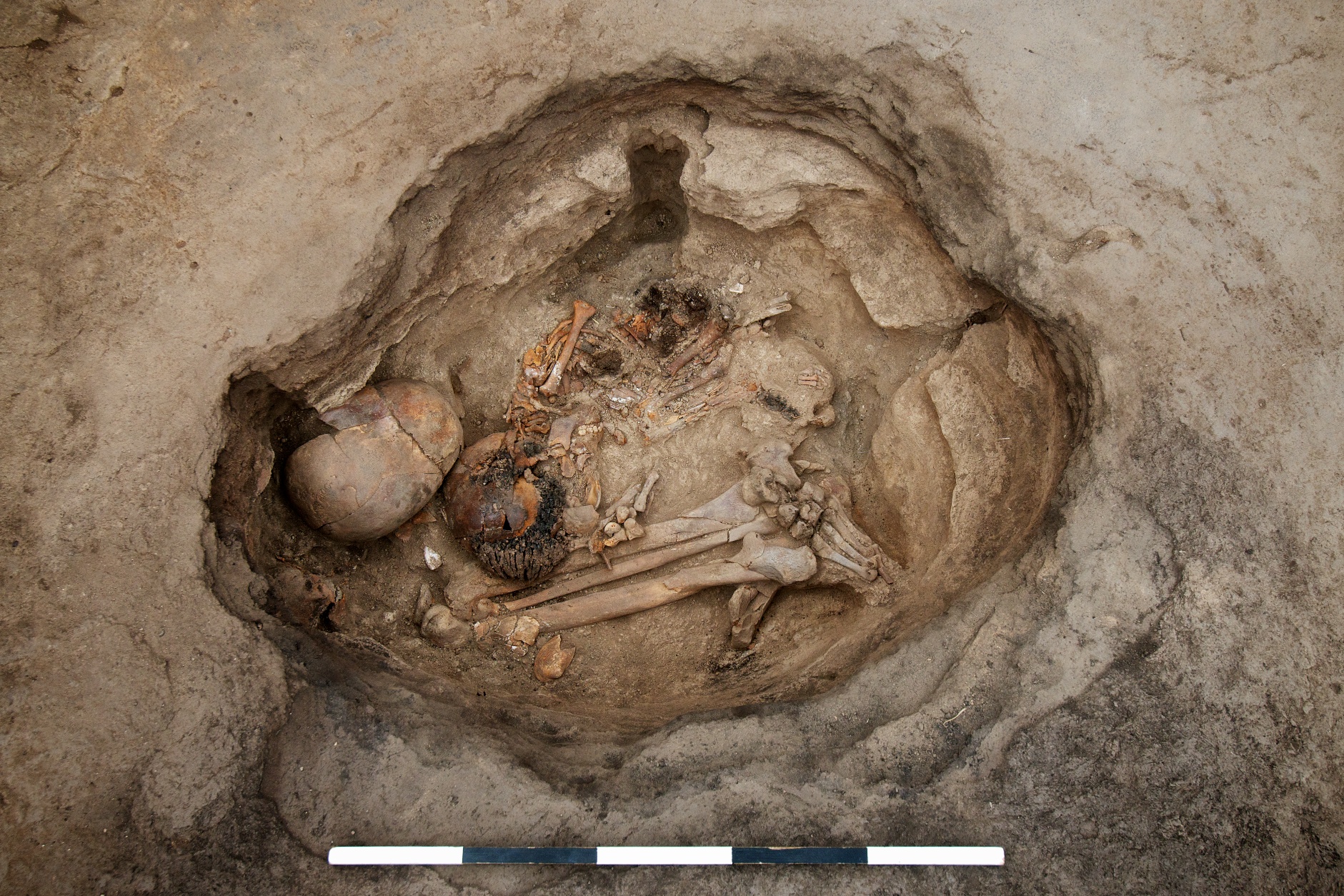Background
This project builds on a long history of pioneering investigation and analysis at the Neolithic settlement of Çatalhöyük. The data and sample archive at Çatalhöyük is unique, and as the excavations come to an end, we now can look at the big picture of the site, and how we can use this data to address research questions. Over 1000 human skeletons and hundreds of associated ash samples are available, along with detailed records of settlement architecture and density (Shillito and Ryan 2013, Düring 2001).
Early work established the importance of applying a microstratigraphic approach to the complex occupation deposits at the site, and demonstrated the wide range of fuel residues present in hearths and buildings (Matthews 2010), as well as showing the cycles of building maintenance. Later collaborative work developed an integrated methodology for combining thin section observations with detailed analysis of materials such as phytoliths, and applying biomolecular and spectroscopic techniques for identifying material that is difficult to identify using only visual characteristics (Shillito and Matthews 2013, Shillito et al. 2011).
Our previous research has shown that types of fuel used at Çatalhöyük changed over time, gradually increasing the use of silica-rich materials, such as reeds and animal dung (Shillito et al. 2011), both of which are promoted today as sustainable ‘biofuels’. Early studies of skeletons identified black carbon residues on the interior surface of ribs, interpreting them as evidence for anthracosis (Andrews et al. 2005, Birch 2005). Studies of skeletons of a similar age found elsewhere have also shown the preservation of DNA and lipids from respiratory diseases, including tuberculosis (Masson et al. 2013). Analysis of dental calculus also provides a direct indicator for inhalation of particulate matter, through plant microfossils and biomarkers such as polycyclic aromatic hydrocarbons (Hardy et al. 2012; Hardy et al. 2015).
 Çatalhöyük (Turkey). Burial with infant and adult. Photo credits: Jason Quinlan.
Çatalhöyük (Turkey). Burial with infant and adult. Photo credits: Jason Quinlan.



